NASA image shows Kangaroo Island ravaged by bushfires as devastation continues
Shocking satellite imagery from NASA has revealed how Kangaroo Island – home to Australia’s only population of chlamydia-free koalas – has been ravaged by bushfires.
National
Don't miss out on the headlines from National. Followed categories will be added to My News.
- Maps reveal true horror of Australia’s bushfire crisis
- Before and after: Towns destroyed by bushfires
Satellite imagery from NASA reveals the scale of devastation on Kangaroo Island.
The image, captured by NASA’s Terra satellite, shows the devastating aftermath and continuation of bushfires tearing through the country.
Bushfires have been ravaging Australia's Kangaroo Island, which is home to native wildlife such as sea lions, koalas and endangered bird species. Our @NASAEarth satellites are monitoring the extent of the damage and the areas continuing to burn. https://t.co/WqdjzEgF6c pic.twitter.com/StI7CQEPum
— NASA (@NASA) January 7, 2020
NASA estimates a third of Kangaroo Island – home to Australia’s only population of chlamydia-free koalas – has been scorched by the KI bushfire that began on December 20 and erupted out of control on January 3.
The estimate is equivalent to about 155,000 hectares of land – only a fraction of the more than 11,400,000 hectares scorched by bushfires nationwide.
Two cousins drove around rescuing koalas on Kangaroo Island and brought them to their neighbors, who they say have a permit to care for native wildlife. While one of the koalas died on the way, the families says they're "just trying to collect as many live ones as we can." pic.twitter.com/8rvdXx12tE
— Earth Beauty (@EarthBeauty17) January 8, 2020
NASA’s satellite image comes as the crisis continues and many take to social media to share their heartbreak for Australia and impacts the bushfires have had on their countries.
Acrid smoke haze has travelled as far as Auckland in New Zealand and New Caledonia – changing the colour of skies from a bright, crystal clear blue to orange and black in recent days.
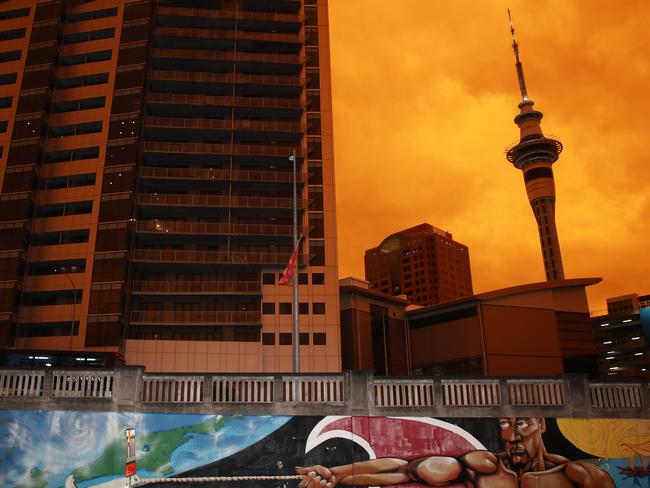
Skies were reported to have gone grey in central Chile and red in Argentina’s capital Buenos Aires too, according to the World Meteorological Organisation (WMO).
The WMO said the haze may have even gone as far as the Antarctic.
Now Australia gave New Zealand the smokey haze I am very sorry to my Kiwi moots who had now suffer with smoke had headed to Aukland from last night windy weather from New South Wales pic.twitter.com/bbE0hY3xHt
— Cece â¤ï¸ Kun 🇦🇺🇳🇿🇵ðŸ‡ðŸ³ï¸â€ðŸŒˆ ♈ï¸â˜ðŸðŸ“ (@YutaIsAVampire) January 5, 2020
This the view from the top of the Tasman Glacier NZ today - whole South island experiencing bushfire clouds. We can actually smell the burning here in Christchurch. Thinking of you guys. 😢#nswbushfire #AustralianFires #AustraliaBurning pic.twitter.com/iCzOGkou4o
— Miss Roho (@MissRoho) January 1, 2020
“The fires have led to hazardous air quality, which has affected human health, in major cities in Australia, spreading to New Zealand and sent smoke drifting thousands of kilometres across the Pacific to South America,” WMO spokeswoman Clare Nullis told reporters in Geneva.
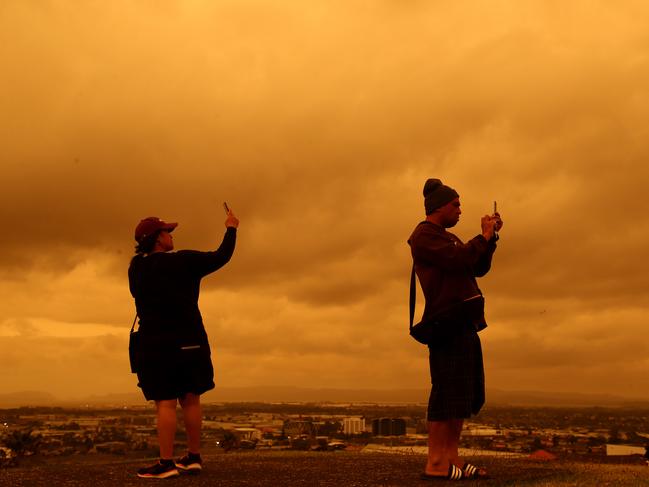
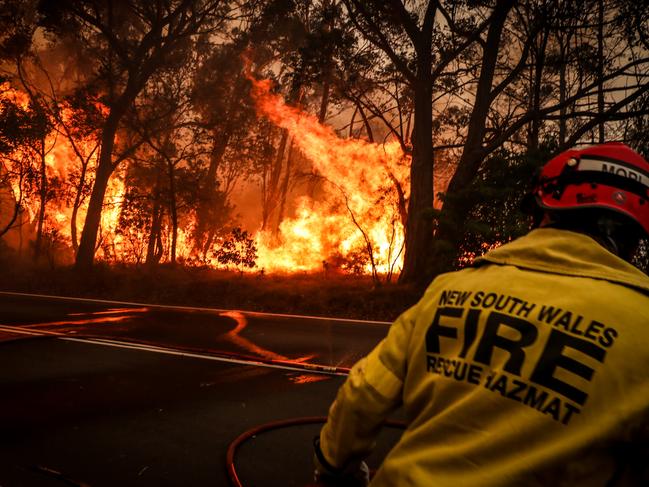
This week the European Union’s (EU) Copernicus monitoring program said the fires, which kicked off in September 2019, had already emitted 400 megatonnes of carbon dioxide into the atmosphere and produced harmful pollutants.
MORE NEWS
Elton donates $1m to bushfire relief
Trump says he ‘loves Australia’
Sick fraudsters target Aussies in Facebook scam
Brown sooty deposits were reported on New Zealand glaciers, potentially accelerating the rate at which they are melting, a spokesman from the program said.
"Our Emergency Response Coordination Centre is actively following the situation in Australia.
— European Commission 🇪🇺 (@EU_Commission) January 7, 2020
The EU stands in full solidarity with Australians and is ready to assist as needed.
We are waiting for specified requests." @JanezLenarcic pic.twitter.com/VrONkqAe4C
WWF-Australia, a wildlife and environmental conservation organisation, estimates 1.25 billion animals have been killed during the bushfire crisis.
The figure was calculated using the methodology estimating the impacts of land clearing on Australian wildlife and extrapolates upon the science of University of Sydney Professor Chris Dickman, who told the Huffington Post on Tuesday “over a billion would be a very conservative figure”.
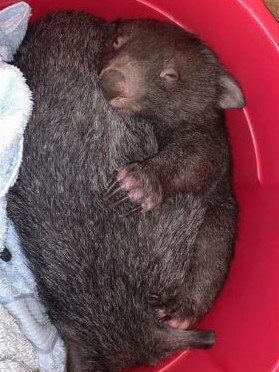
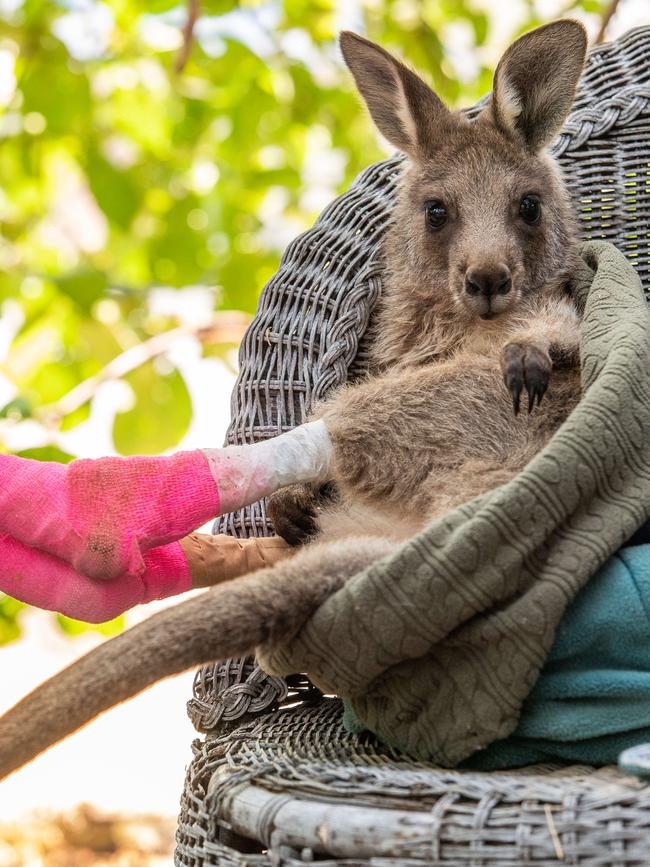
Mr Dickman said many of the affected animals were likely to have been killed directly by the fires, with others succumbing later due to the depletion of food and shelter resources as well as predation from introduced feral cats and red foxes.
Ecologists at the University of Sydney and WWF Australia estimate that a billion animals has died in Australia’s bushfires.
— Greta Thunberg (@GretaThunberg) January 7, 2020
“Over a billion would be a very conservative figure,†says Chris Dickman from the University of Sydney. #AustraliaFires https://t.co/b1DHgrGUSd
South Australians are being urged not to take injured koalas and other wildlife from Kangaroo Island to the mainland for treatment.
It is the only population in South Australia to be chlamydia free.
Chlamydia in koalas can cause blindness, bladder inflammation, infertility and death.
The Environment Department’s recovery co-ordinator Brenton Grear said all injured animals must be managed locally.
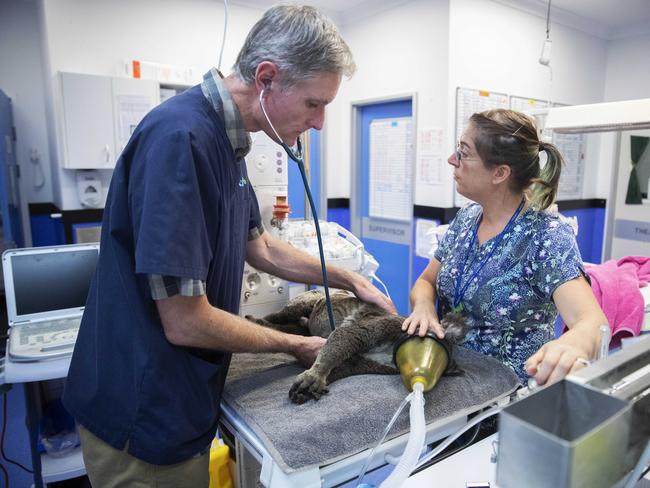
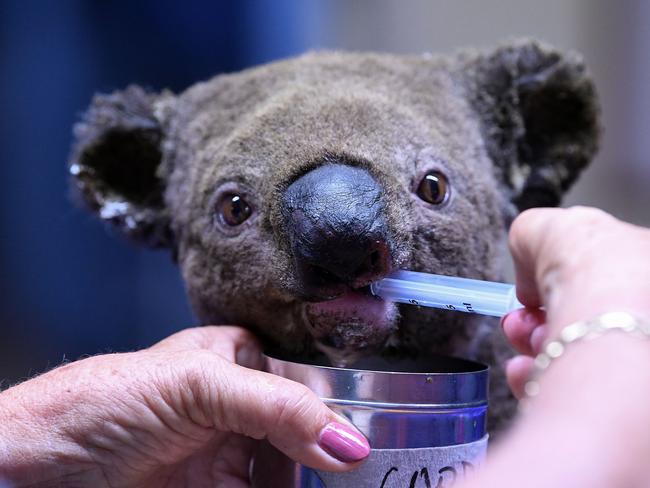
“It’s understandable and heartening that people want to rescue these animals, but unfortunately it will mean that those koalas can’t be returned to the island because of the risk of contamination of the population there,” he said, adding because of the size of the fires burning on the island, it was too soon to know how many animals had been affected.
The island blaze remains uncontrolled and has already burnt through more than 100,000 hectares of scrub, including much of the Flinders Chase National Park.
